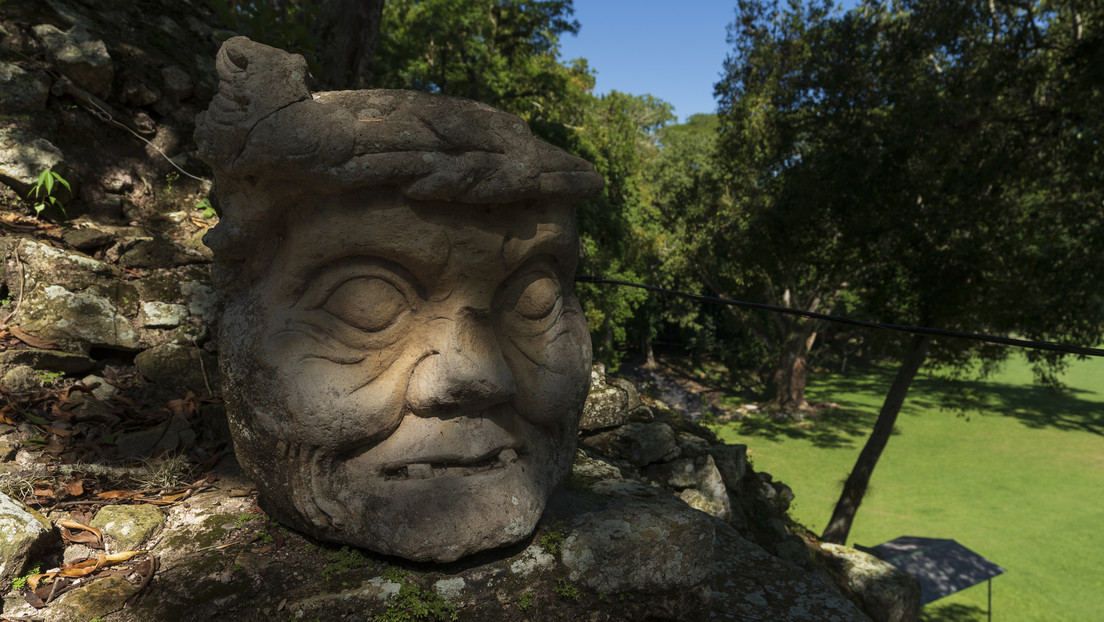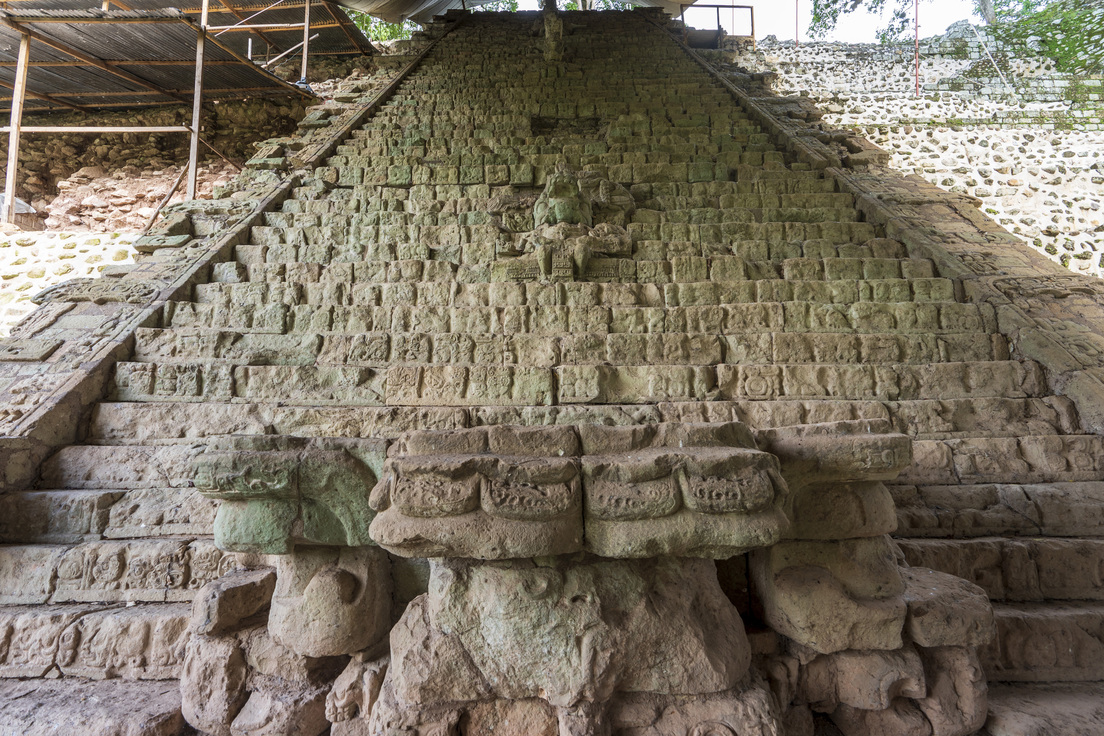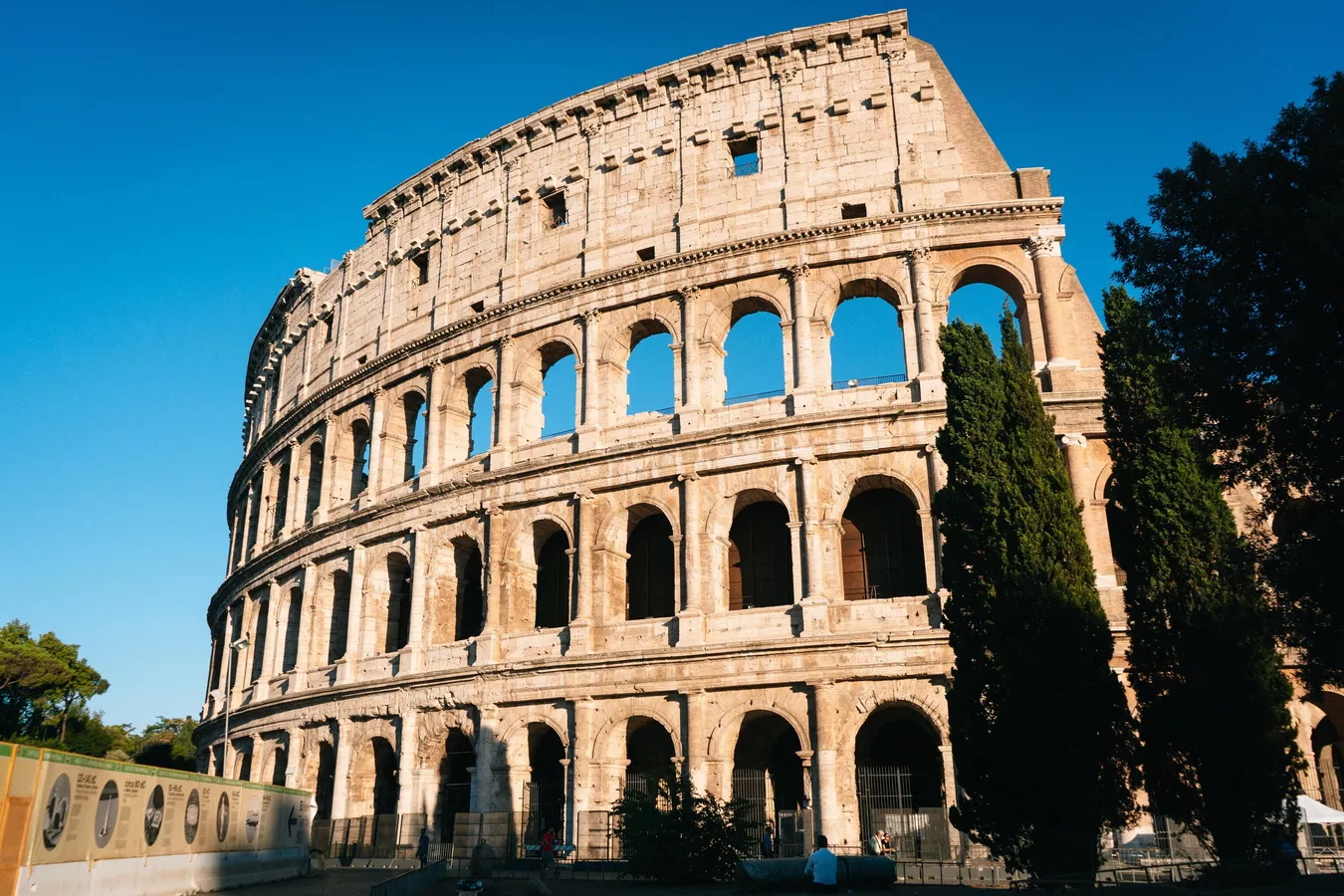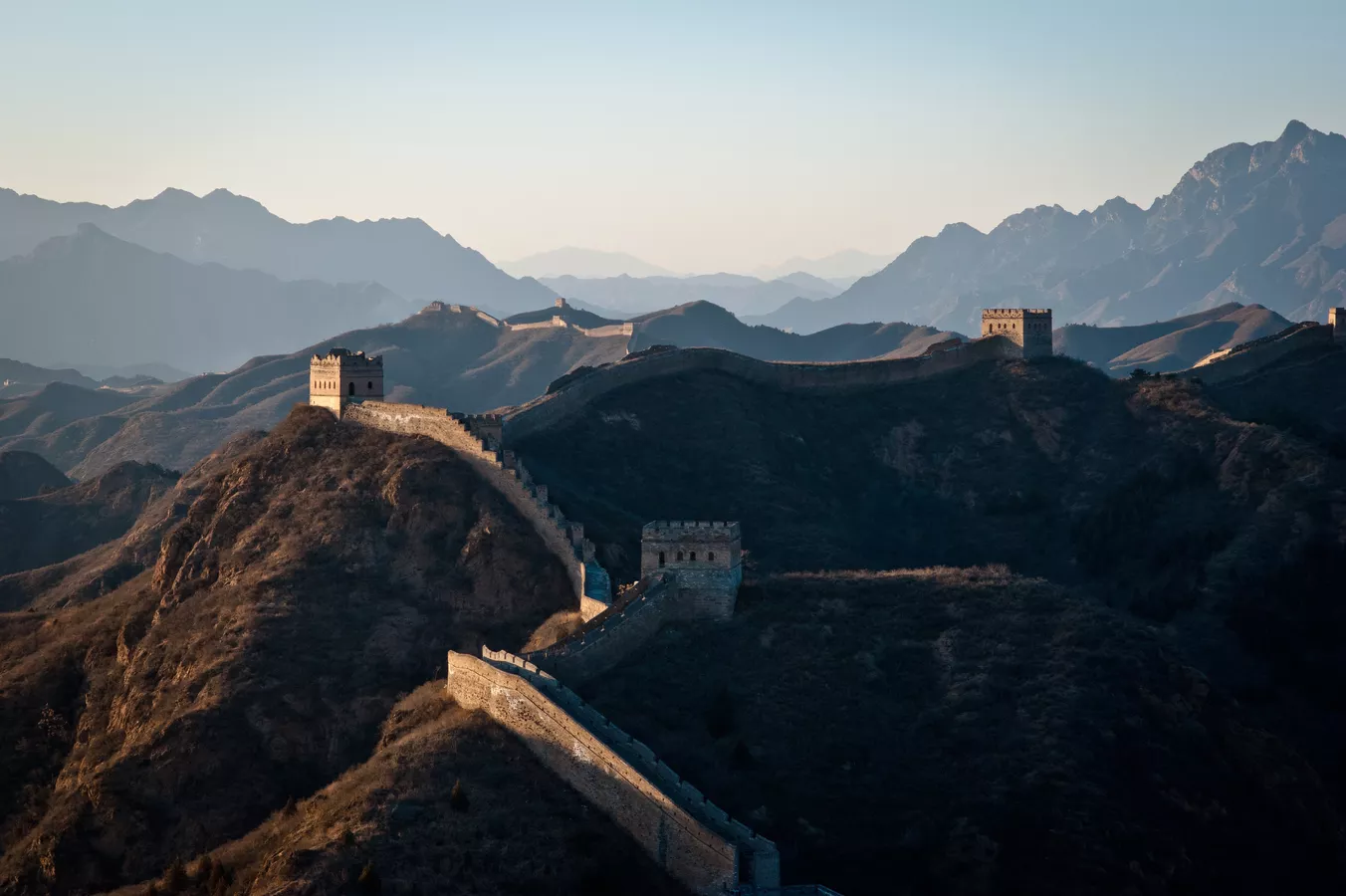
Various scientific studies have revealed the ingredients that were mixed in buildings built by engineers and masons of the Romans, Mayans and other ancient civilizations and that are responsible for their preservation for millennia, reports The Associated Press (AP).
Reverse engineering to build better in modernity
Among the surprising list of ingredients are elements such as tree bark, volcanic ash, rice, beer and even urine, which could be the basis of the ancient constructions' ability to strengthen over time and "heal" cracks when they are damaged. they form. By reverse engineering fragments and materials of buildings from distant times, studying historical texts and mixing imitated recipes, researchers have managed to decipher the mysteries of the resistance of these ancient structures, while modern concrete only has a useful life of between 50 and 100 years.

“If the properties of the material are improved using traditional recipes from the Mayans or the ancient Chinese, material can be produced that can be used in modern construction in a much more sustainable way,” said Carlos Rodríguez-Navarro, from the University of Granada. (Spain), when addressing the impacts of these studies today.
The Roman mysteries
AP highlights that the builders of the Roman Empire used a type of concrete that has resisted over time. Such is its degree of resistance that, even in places exposed to seawater for centuries, it is preserved “basically as it was when it was dumped 2,000 years ago,” remarks John Oleson, an archaeologist at the University of Victoria (Canada). However, he points out that you cannot “build a modern skyscraper with Roman concrete”, as it would “collapse when you reach the third floor” as it cannot support heavy loads.
Behind the ancient material's formidable property of repairing itself, scientists are beginning to find clues that its secret lies in the small pieces of lime that are embedded throughout Roman concrete rather than mixed evenly. When cracks form, water can seep into the concrete and that water activates excess lime pockets, triggering new chemical reactions that can fill in damaged sections, explained Admir Masic, a civil and environmental engineer at the Massachusetts Institute of Technology).

In a different hypothesis, Marie Jackson, a geologist at the University of Utah (USA), considers that specific volcanic materials used by the Romans are the key to this power. This naturally reactive element would allow the cracks generated in the structures to be sealed. The ability to continue to adapt over time “is truly the genius of the material,” Jackson stressed. “The concrete was so well designed that it stands on its own,” she added.
The teachers of ancient civilizations
For their part, local masons in Honduras suggested that researchers use extracts from native chukum and jiote trees in the lime mixture, revealing that the resulting plaster was especially durable against physical and chemical damage. In this way, Mayan plaster was able to imitate resistant natural structures, such as seashells, and borrow some of their hardness, Rodríguez-Navarro noted.

Likewise, traces of sticky rice starch have been found in the mortar used in the Great Wall and the Forbidden City in China. Other types of mixed natural materials, such as fruit extracts, milk, cheese curds, beer, and even dung and urine, were also discovered in surviving structures belonging to other ancient civilizations. “They would put all kinds of things into the construction,” said Cecilia Pesce, a materials scientist at the University of Sheffield in England. “And now we are only left with the buildings that survived. So it is like a process of natural selection,” she summarized.
For his part, Thirumalini Selvaraj, a civil engineer and professor at the Vellore Institute of Technology in India, believes that builders in his country intentionally created mixtures of local materials to produce different properties. “They know the region, they know the condition of the soil, they know the climate. So they design a material according to this,” he concluded. (Text: RT) (Photos: AP and Sputnik)